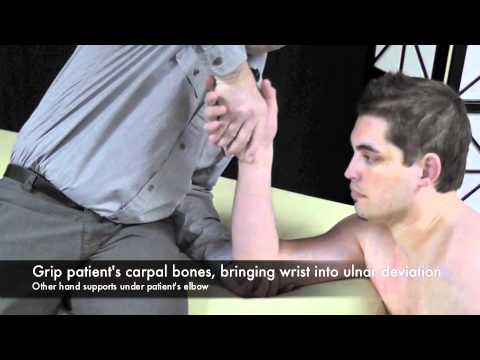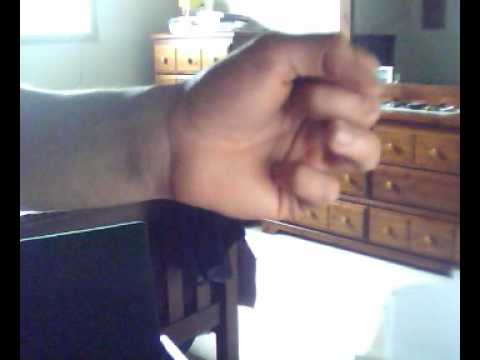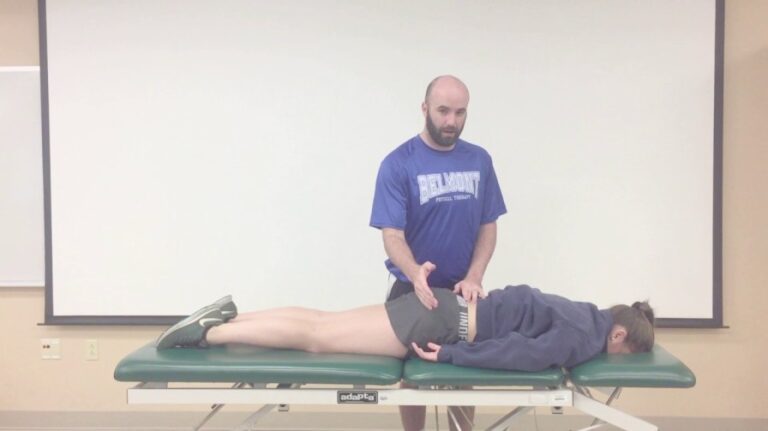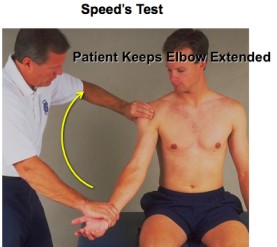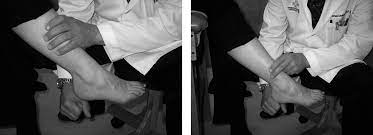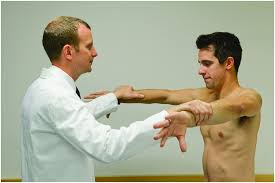Test for the pathology related around the wrist joint:
- These tests are applied to check the radio ulnar joint of the wrist.
- These tests are applied by to therapist when the patient is complaining about wrist joint pain.
Name of the test of the pathology related to the ulna:
- Ulnar fovea sign test
- Ulnar impaction test
- Ulnar styloid triquetral impaction [ USTI ] provocation test
- Ulnomeniscotriquetral dorsal glide test
Ulnar fovea sign test:-
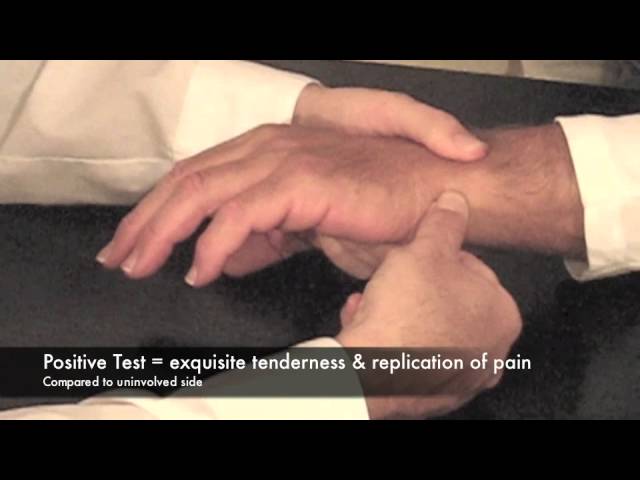
- Purpose = This ulnar fovea sign test is used to check the unstable distal radio ulnar joint.
- Technique = The patient is in a standing or sitting position for the test.
- The examiner presses a thumb/finger into interval or depression between the ulnar styloid Process & the flexor carpi ulnaris tendon between the anterior surface of the ulnar head & the pisiforms.
- Result = the test is considered to be positive if the patient’s pain is replicated/the area is very tender compared to the unaffected side.
- The pain is beloved to be due to distal radio ulnar ligaments & ulnotriquetral ligament.
- Lunotriquetral ligaments tears are commonly associated with a stable distal radioulnar joint & fovea disruptions are associated with an unstable distal radioulnar joint.
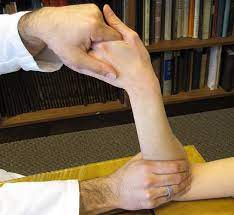
Ulnar impaction test:-
- Purpose = This test is used to check the ulnar impaction test of the ulnar impaction syndrome.
- Technique = The patient is seated with the elbow flexed to 90 ‘ & the wrist in ulnar deviation movement.
- The therapist [ examiner ] holds the patient’s forearm with the help of one hand & then applies an axial compression force throughout the fourth & fifth metacarpals.
- Result = a positive test is indicated by pain & may be related to a TFCC injury/ulnar impaction syndrome.
Ulnar styloid triquetral impaction [ USTI ] provocation test:-
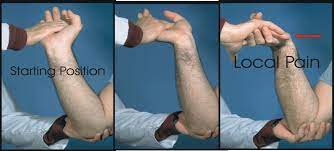
- Purpose = This test is used to check the pathological impaction.
- Technique = The patient is seated.
- The examiner holds the patient’s elbow with the help of one hand while the patient’s wrist is extended & the forearm is pronated.
- While maintaining the extension movement, the forearm is in a supinated position.
- Result = pain at the ulnar styloid indicates a positive test for pathological impaction.
Ulnomeniscotriquetral dorsal glide test:-
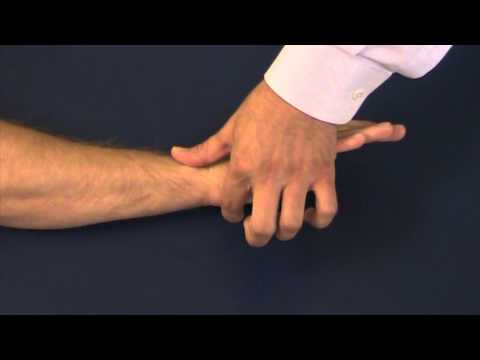
- Purpose = This test is applied indicates a positive test for TFCC pathology.
- Technique = The patient sits/stands with the arm pronated.
- The examiner places a thumb over the ulna dorsally & places the proximal interphalangeal joint of the index finger of the same hand over the pisotriquetral complex anteriorly.
- While stabilizing the ulna, the examiner [ therapist ] applies a posteriorly directed force throughout the pisotriquetral complex stressing the TFCC.
- Result = excessive laxity or patient feeling the pain when the posteriorly directed force is applied, this situation indicates a positive test for TFCC pathology.

